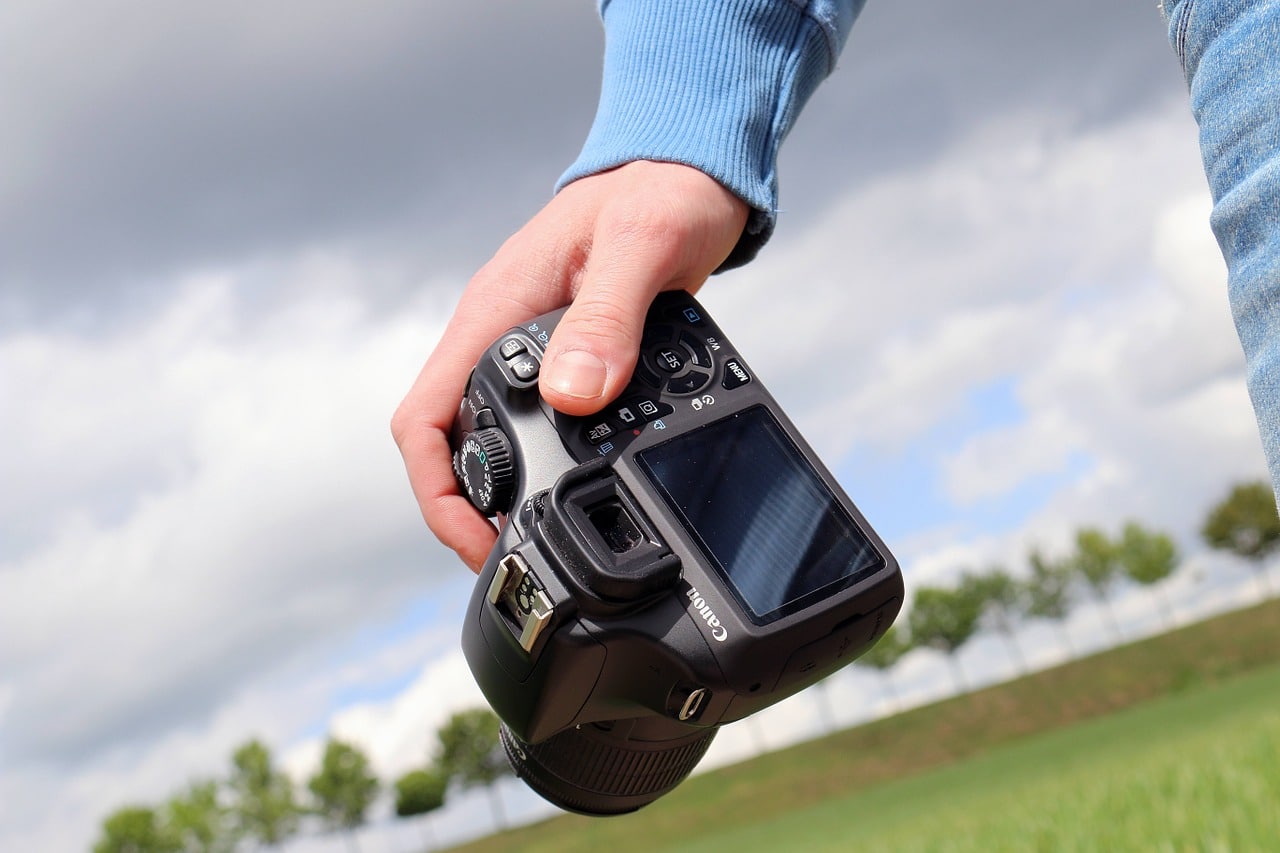As a photographer, I am often asked for advice on what brand of camera to buy. I shy away from answering that with specifics since whatever is available today will be quickly replaced by a superior product tomorrow in this rapidly changing tech environment.
I like to recommend to someone shopping for a new camera to focus instead on the type of camera they should buy – and this will depend very much on how they intend to use it.
IMAGE: PIXABAY
For The Socialite
Looking for a camera that makes it easy to share images with family and friends, is easily integrated into your social media sites and will support all those cool effects and apps you like so much? Then your best bet is to stick with a smartphone. Cameras on today’s smartphones are so sophisticated that this may be all you will ever need to scratch that photographic itch.
For The Beginner
When you are ready to move to something a little more advanced for vacations and family gatherings, look for a Point and Shoot model. As the name implies, point and shoot cameras are small, compact systems that fully automate the image-making process while providing improved image quality – and they tend to be an inexpensive alternative to Smartphones.
For The Lightweight
When you are ready to move up to a system that supports interchangeable lenses and some added control on the creative process, a mirrorless camera, or micro four-thirds camera, may be just the ticket. They provide the same small size and weight benefits of a point and shoot with a quantum leap in performance. They can also sport a heftier price tag as well. The good news is that they come in a range of price offerings, many of which will offer support for lenses across manufacturers as your needs grow.
Moving Into The Professional Ranks
Then there is the DSLR – or digital single lens reflex – camera, the workhorse of the professional photographer – many times with a professional price tag to go with it. Fortunately, they also come with a wide range of functionality and price points. The important consideration here is to choose a camera brand that provides the features you want today and that you can grow with – because once you start adding lenses and accessories, you will want to stick with one manufacturer.
When You Want To Add Video
All of these categories also apply when adding video recording. Some things to consider are:
- Is support for both video and still photography important?
- Will it support formats like the new UHD 4K and HD 1080i or only standard? Standard is fine for use on the web (i.e. YouTube) or social media but not for more sophisticated uses.
- What frame rates are supported? Standard rates are roughly 30 fps but slow-motion effect will require 120 fps or more.
Camera Cost
A consideration running through each of the categories above will be the budget you are looking to spend. An important thing to consider before investing in a brand of cameras is the cost of equipment down the road. Adding lenses, accessories, upgrades, etc. can be significantly more than the original price of the camera. Understand these costs and factor them into your final decisions.
Once you’ve narrowed in on the type of camera to buy, a quick Google search will give you a ranking for each type to choose from with associated price ranges.
If you are interested in even more technology-related articles and information from us here at Bit Rebels then we have a lot to choose from.


COMMENTS